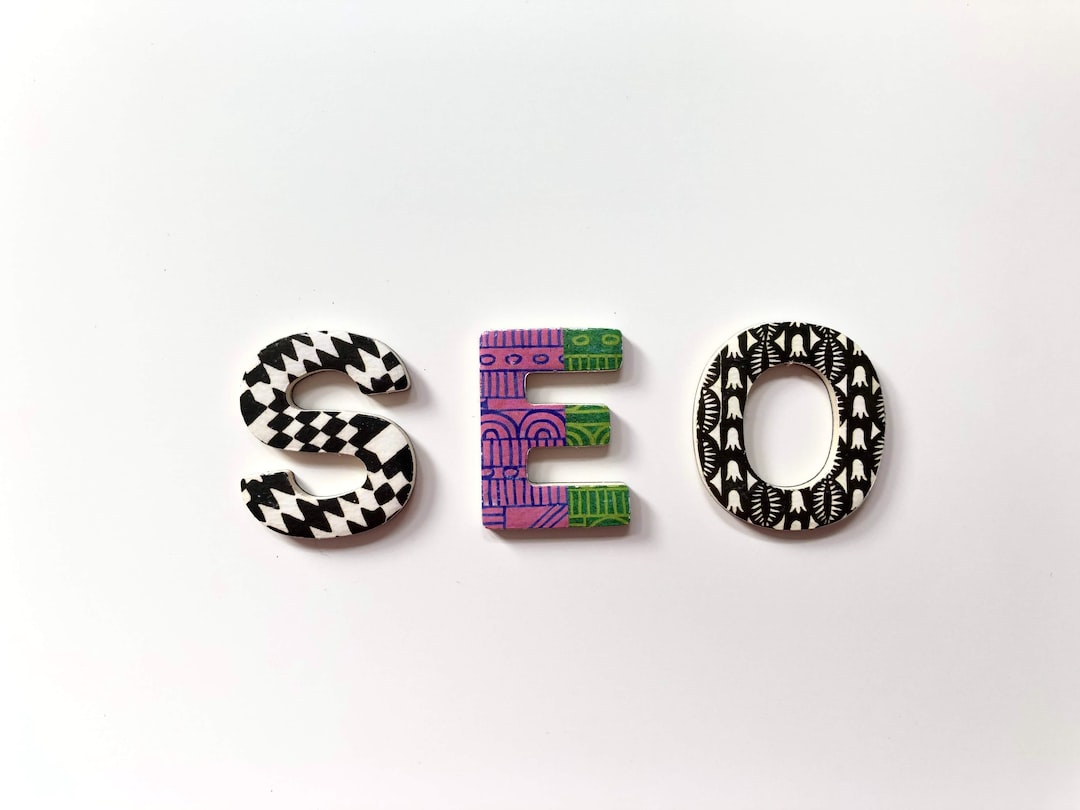A header tag (heading tag) in HTML is a special tag used to define and structure headings and subheadings within a web page. These tags are arranged in a hierarchical order and start at H1, followed by H2 down to H6. Each of these tags represents a different level in the structure of a page.
What are header tags used for?
Header tags have two main functions: To structure web page content and to support search engine optimization (SEO). The structural function of header tags allows web developers to create a clear and easy-to-understand outline for a page's content. Well-structured content has better readability and makes it easier for both visitors and search engine crawlers to understand the website.
The SEO function of header tags is to provide search engines with valuable information about the content of the page. Header tags help determine the relevance and context of the content for specific search queries. Adding keywords and meaningful headings to header tags can improve the visibility of the web page in search results.
Best practices for the use of header tags
- H1 Tag: Each page should contain only one H1 tag, which is the main heading and describes the most important content of the page. As a rule, it should contain the primary target keyword for the page.
- H2 to H6 tags: Use these tags to structure subheadings, sections or categories within your page. The order should be hierarchical and the numbering should build on each other. For example, an H3 tag follows an H2 tag within a page.
- Keyword Integration: Incorporate related and relevant keywords into your header tags to increase the SEO strength of your page. However, avoid so-called keyword stuffing, which is the excessive addition of keywords. Instead, choose keywords that best describe the content of each heading.
- Clear and meaningful headlines: Use short and concise headings that clearly reflect the content of each section. This makes it easier for both visitors and search engine crawlers to understand your website.



